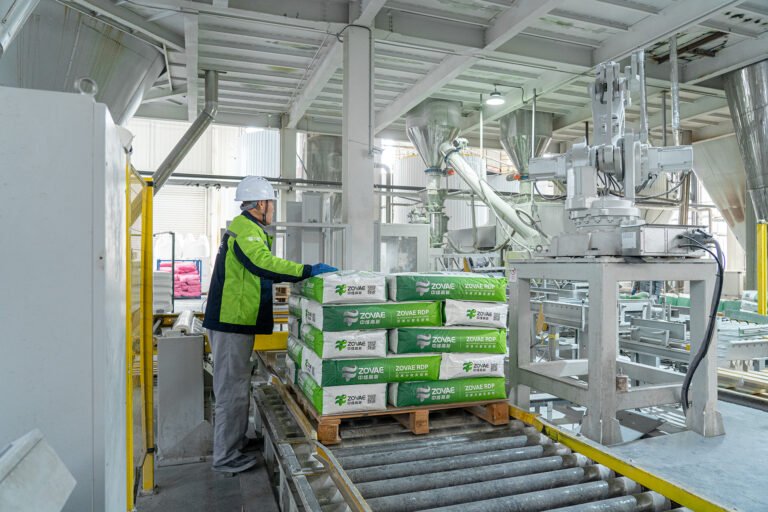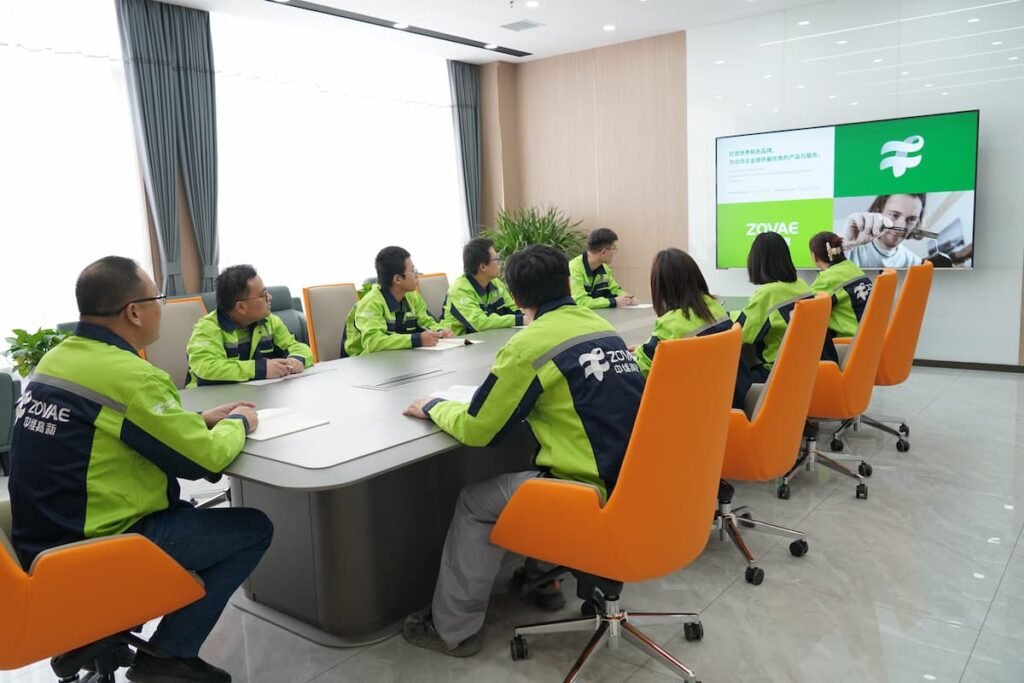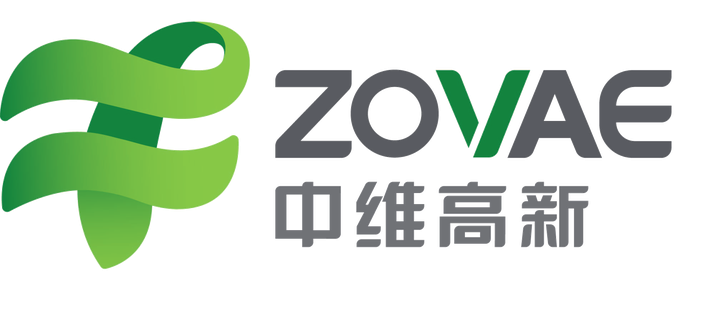
Merry Christmas ZOVAE
Wishing You Joy & Prosperity
Executive Summary
Polycarboxylate superplasticizer (PCE) stands as a cutting-edge separator that unleashes remarkable usability even at minimal liquid levels. By facilitating superior movement with significantly reduced blend liquid, PCE fosters elevated early and mature robustness, denser internal structures, and enduring efficacy—all while preserving ease of positioning and conclusion. Zovae PCE offerings are crafted for uniform batch-to-batch excellence, durable slump preservation, and seamless incorporation into current concrete and binder frameworks, spanning self-evening substances, precision fills, to high-efficacy structural concretes.
This overview bridges PCE’s molecular operations to hands-on implementation, highlighting its role in transforming conventional mixes into high-performing ones. Readers will explore detailed mechanisms, blending advice, and diagnostic tools for key uses like self-evening binders, filling operations, and advanced concretes (HPC/SCC/UHPC). Additional segments address harmony with enhancers, quality oversight, safety protocols, historical evolution, emerging trends, illustrative examples, rollout frameworks, frequently posed queries, and economic value analyses. The aim is to equip professionals with the knowledge to harness PCE for consistent, superior outcomes—cutting waste, boosting durability, and aligning with sustainable practices.
What propels PCE to the forefront of admixture technology? In an era demanding efficiency, eco-consciousness, and resilience, its ability to optimize liquid while amplifying strength positions it as indispensable for modern infrastructure.
How PCE Works (in Brief)
PCE’s efficacy hinges on its innovative molecular design, setting it apart from earlier generations like sulfonated types.
Branched structure and spatial stabilization: PCE molecules attach to cement granules through a charged core, while polyethylene chains form a moistened “shield” layer. This spatial hurdle averts re-clumping, liberating liquid previously bound in clusters and dramatically cutting initial resistance and plastic thickness.
Liquid cutback and robustness: With separation enhanced, blends can slash liquid at a given settling/spread. Reduced liquid-to-cement proportion elevates robustness and curtails permeability, bettering endurance markers (e.g., chloride opposition, freezing-thawing).
Slump preservation adjustment: Chain length, charge intensity, and molecular mass can be refined for quick liquefaction, prolonged usability spans, or swift early robustness, per project demands.
Historically, PCE emerged in the 1980s as the third-generation reducer, evolving from lignosulfonates and naphthalenes through polymer advancements. Unlike electrostatic-focused predecessors, PCE’s dual electrostatic-spatial action offers up to 40% liquid reduction—far superior in high-SCM or UHPC mixes. For instance, in a bustling urban pour, PCE ensures flow through complex forms without retempering, mirroring oil gliding through pipes. Emerging trends, like bio-based or low-carbon PCE (e.g., from renewable monomers), promise even greener profiles, aligning with net-zero goals by 2050. As a result, PCE not only resolves immediate usability but also supports long-term eco-targets.
Key Applications
PCE’s versatility spans diverse construction scenarios, where its dispersion power unlocks performance at low liquid.
Self-leveling compounds: Maximizes movement and self-smoothing at minimal liquid, curtailing voids and division when matched with apt defoamer and thickness control. This suits floors needing rapid, level surfaces sans extensive labor.
Filling: Boosts transferability, infiltration, and gap filling; backs long tube runs and narrow spaces with stable movement. Ideal for anchors, voids, or post-tension where bleed and settling could compromise integrity.
High-efficacy concrete (HPC/SCC/UHPC): Attains low proportions with excellent movement or settling flow, enabling superior robustness, dense structures, and refined exterior conclusion. Crucial for bridges, towers, or precast where pumpability and longevity are paramount.
Furthermore, PCE excels in shotcrete, precast elements, and repair binders, where it cuts liquid without fluidity loss, reducing honeycombing and boosting bond. In global contexts—like arid Middle East pours or humid Asian sites—PCE adapts via retention tuning, ensuring efficacy across climates. Conversely, in UHPC with silica fume or fibers, it counters high powder demands, maintaining pumpability without excess liquid.
Benefits of Zovae PCE
Dependable excellence: Strict oversight of solids, molecular structure, and thickness guarantees uniform efficacy across batches and facilities.
Refined usability: Potent initial separation with designed slump hold for real-world transport durations and intricate positionings.
Robustness and longevity: Lower liquid need at equal usability produces higher press robustness and reduced permeability for enduring stability.
Tailored solutions: Usage-specific types and blending aid customized to cement molecular, SCMs, heat, transport time, and goal flow.
OEM backing: Private-label choices, scale-up help, and supply initiatives for regional and worldwide allies.
These advantages stem from Zovae’s R&D focus, where formulations undergo rigorous testing per ASTM/EN standards. For example, in HPC, Zovae PCE can boost 28-day strength by 20–40% versus unmodified, while preserving a 200–300 mm slump flow for hours.
Typical Use and Starting Points
Measure (by binder mass, as supplied unless noted):
0.2–1.5% for structural concretes
0.4–1.2% for fills
0.1–0.4% for many self-evening binders (blend dependent).
Ultra-high-efficacy mixes or high powder may need higher spans.
Add timing: For optimal, introduce PCE to final mix liquid or post-moistening. Divided measuring (e.g., 60–80% at facility, rest on site) can prolong slump/spread sans over-measuring.
Order advice: Shun direct add to dry cement. In multi-enhancer setups, dose gas-introducer first, then PCE, followed by boosters/delayers as needed. Always confirm harmony in your cement/SCM setup.


Use harmonious plastics or steel for preservation and dosing; shun reactive metals.
Review SDS for gear and first-aid. Shun pre-mixing PCE neat with enhancers unless validated—dose separate into liquid stream.
Why Choose Zovae PCE
Refined molecular: Portfolio of cores and chain structures for quick liquefaction, prolonged hold, early robustness, or clay durability—matched to your cement/SCM and weather.
Proven Uniformity: Strict manufacturing delivers predictable liquid cut and flow daily, facility to facility.
Practical Backing: Swift screening, mix optimization, and site diagnostics from responsive team.
Supply Assurance: Private-label, scale-up, and logistics for regional and enterprise needs.
Contact Us
Share cement and SCM details, target settling/settling-flow and hold, positioning method, weather limits, and robustness/longevity targets. Zovae will suggest 2-3 PCE types with starting measures, add timing, and concise validation to achieve superior movement, robustness, and usability in your application.


Please leave your contact information, and Zovae’s sales team will provide you with dedicated service.
